The Qimmiq, also called a Canadian Inuit Dog or Canadian Eskimo Dog, is the original legendary “husky”. This is a very different breed from the white American Eskimo. Its history goes back thousands of years with the Inuit people of Canada’s north, who used them to pull sleds and hunt polar bears. The Qimmiq nearly died out after becoming interbred with other breeds such as the Alaskan Malamute. In the 1970s, biologist Dr. Bill Carpenter set out to rescue the breed by travelling to remote Arctic villages and locating as many pure Qimmiq as he could for a breeding program. Although numbers remain very low, today this tough survivor is no longer endangered, and it is CKC recognized.
Many Canadian Eskimo Dogs accompanied the early Antarctic explorers to the South Pole, and their descendants lived in Antarctica until just a few years ago, when they were rescued and brought back to Canada, the United States and Australia. They can be any colour. They have very dense, thick coats, big paws, plumed tails, small erect ears and slanted eyes, all designed to help them survive in the harsh climate of Canada's Arctic.
The Nova Scotia Duck Tolling Retriever is a little gun dog whose forebears existed in Canada’s Maritimes for centuries. His coat is somewhat similar to a Newfie’s, but shorter, and it is very soft with an extremely thick undercoat. The Toller is a specialist with ducks and geese, luring them towards a hunter with his foxlike tail and playful attitude, then fetching the downed birds.
Tollers average 18-20 inches tall and 35-45 pounds. This is another versatile breed, and can do almost anything its size will allow. Tollers are always red or gold, usually with white markings on the feet, face, chest and/or tailtip.
Tollers were first Canadian Kennel Club (CKC) recognized in 1945, but almost vanished in the 1950s. Although no longer threatened with extinction, every registered Toller of today is descended from just 11 dogs registered between 1959 and 1962, and all of those trace to a female named Buffy, born in the early 1950s.


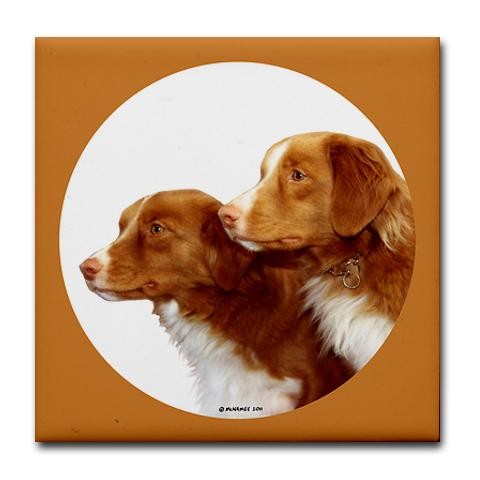




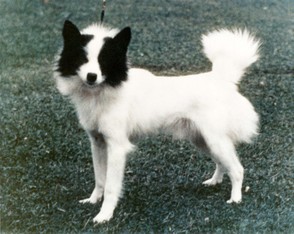
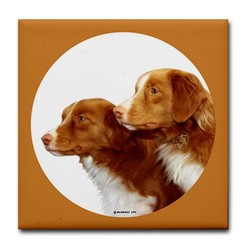

 Versatile Nova Scotia Duck Tolling Retrieverson 08/02/2014
Versatile Nova Scotia Duck Tolling Retrieverson 08/02/2014
 Should You Spay or Neuter Your Puppy?on 08/12/2014
Should You Spay or Neuter Your Puppy?on 08/12/2014
 Horse Racing History: the Preakness Stakeson 05/15/2014
Horse Racing History: the Preakness Stakeson 05/15/2014
 Dinosaurs Will Be On Display in Trenton, Ontario, Canadaon 07/29/2013
Dinosaurs Will Be On Display in Trenton, Ontario, Canadaon 07/29/2013

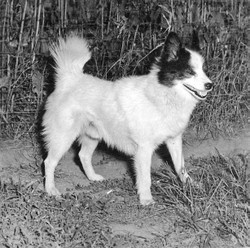
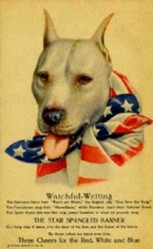
Comments
Labrador Retrievers are so beautiful as black-, brown-, yellow-coated.
My favorite is black even as I like any Labrador color.
What might your favorite be?